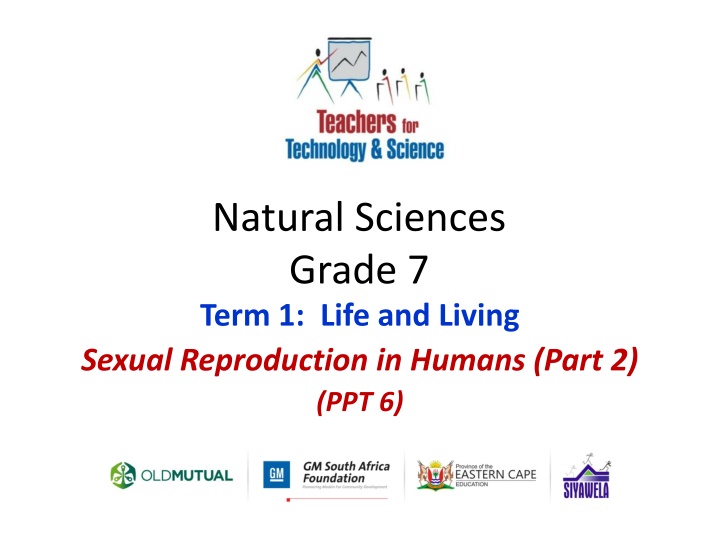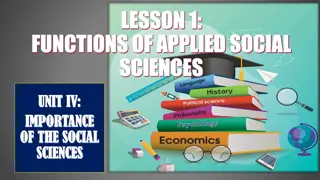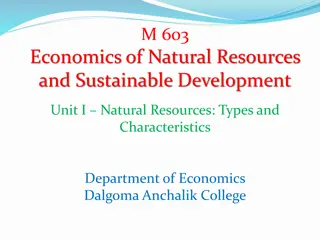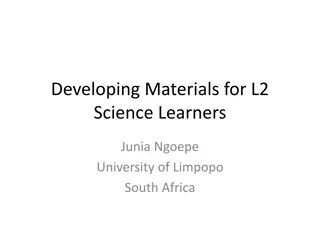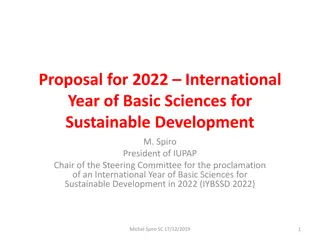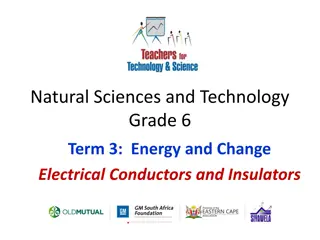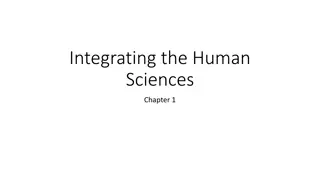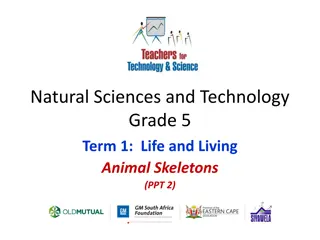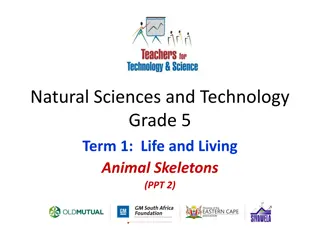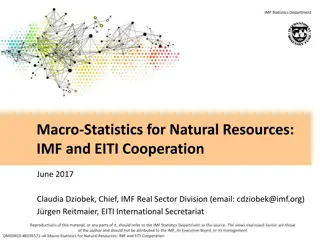Natural Sciences
In this presentation, delve into the intricacies of sexual reproduction in humans. Explore the fascinating processes of fertilization, conception, and development. Gain a deeper understanding of the reproductive system and the stages involved in human reproduction. Discover the biological mechanisms that contribute to the creation of new life and the significance of sexual reproduction in the continuity of the human species. Dive into the world of human reproduction and unravel the mysteries of life creation.
Download Presentation

Please find below an Image/Link to download the presentation.
The content on the website is provided AS IS for your information and personal use only. It may not be sold, licensed, or shared on other websites without obtaining consent from the author.If you encounter any issues during the download, it is possible that the publisher has removed the file from their server.
You are allowed to download the files provided on this website for personal or commercial use, subject to the condition that they are used lawfully. All files are the property of their respective owners.
The content on the website is provided AS IS for your information and personal use only. It may not be sold, licensed, or shared on other websites without obtaining consent from the author.
E N D
Presentation Transcript
Natural Sciences Grade 7 Term 1: Life and Living Sexual Reproduction in Humans (Part 2) (PPT 6)
Topic 3 Sexual Reproduction The Reproductive Organs Natural Sciences Grade 7
Changes during puberty Natural Sciences - Grade 7 Natural Sciences - Grade 7 Natural Sciences - Grade 7
Female reproductive organs They are mostly inside the body. The external parts are called the vulva. The main internal female reproductive parts are the vagina, the uterus and the ovaries. The uterus is a pear-shaped hollow organ which consists of the cervix (lower part) and the main body where the baby will grow. Natural Sciences - Grade 7 Natural Sciences - Grade 7 Natural Sciences - Grade 7
Female reproductive organs The ovaries are small oval-shaped glands that are connected to the uterus by the Fallopian tubes. The ovaries produce ova (egg cells). When semen is ejaculated during sexual intercourse, the sperm must move through the vagina, through the cervix and uterus and into the fallopian tube, where a sperm cell fertilises the egg. Natural Sciences - Grade 7 Natural Sciences - Grade 7 Natural Sciences - Grade 7
Female reproductive organs Natural Sciences - Grade 7 Natural Sciences - Grade 7 Natural Sciences - Grade 7
Male reproductive organs Male reproductive organs are responsible for producing, transporting and discharging semen into the female reproductive organs. The semen contains sperm. Male reproductive organs are outside of the body. The penis is the male organ for sexual intercourse. Natural Sciences - Grade 7 Natural Sciences - Grade 7 Natural Sciences - Grade 7
Male reproductive organs An erection happens when the soft tissue of the penis fills with blood when a man becomes sexually aroused. This makes it easier for the penis to enter the vagina during sexual intercourse. The scrotum is a sac of skin behind the penis. The testes are inside the scrotum and are responsible for making sperm. Natural Sciences - Grade 7 Natural Sciences - Grade 7 Natural Sciences - Grade 7
Male reproductive organs During sexual intercourse, the semen is ejaculated (released) into the vagina. It is now possible for the sperm to fertilise the egg. Natural Sciences - Grade 7 Natural Sciences - Grade 7 Natural Sciences - Grade 7
Male reproductive organs Natural Sciences - Grade 7 Natural Sciences - Grade 7 Natural Sciences - Grade 7
